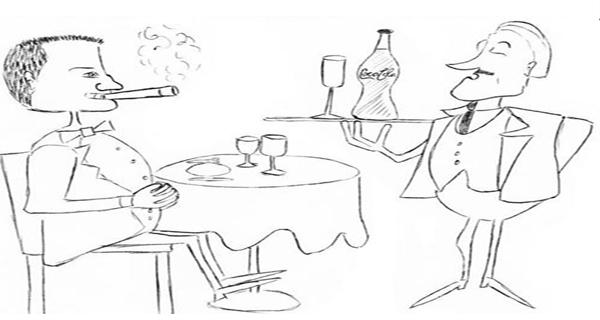When we hear of new ideas to lose weight, taxing sodas and other sugary drinks isn’t the first idea to come to mind.
In an effort to raise funds for the fight against childhood obesity, lawmakers have proposed a bill that requires a penny-per-ounce levy on sodas, sports and energy drinks, and sweet teas, which many find preposterous.
But this sweetened beverage tax is a step in the right direction for The Golden State.
On average, this will increase soft drinks only about 12 cents. However, drinks less than 25 calories will remain the same price, including diet drinks.
An analysis by the California Senate’s Governance and Finance Committee estimates the tax would generate $2.6 billion within the first fiscal year alone. The revenue will fund the Children’s Health Promotion to promote physical activity and improve the quality of school lunches. Revenue would also cover some of what obesity cost the country, $147 billion a year.
Vending machines cover GCC’s campus. Every building has at least one. These machines sell candy, chips and sodas — the typical “college student diet.”
The cafeteria should offer more healthy options, such as fresh juices and smoothies, instead of only sodas, sports and energy drinks, and sugary juices.
Watch the professional basketball players on and off the bench closely. Few of them drink the Gatorade provided. They drink water to rehydrate because sports drinks have too many chemicals and sugar, which will slow them down. If professionals don’t drink it, should college students?
According to a 2011 study done by Yale and the University of Illinois at Chicago, an average American drinks 45 gallons of soda per year. That’s equivalent to 42 pounds of sugar or the weight of an average sized 5-year-old boy. With these numbers, it’s obvious Californians won’t change their diets any time soon.
Singling out one source of extra calories won’t change the obesity epidemic, but studies have shown that sugared beverages may be the single largest cause of obesity. Kelly D. Brownell, director of Rudd Center for Food Policy and Obesity at Yale, and his collegues projects taht by implementing a tax on sweetened beverages, consumption could be reduced up to 10 percent.
It’s not simply the calories being taken in, but the calories being burned. If people really want to drink a high calorie and sugary drink with a slice of pizza, hamburger or even a salad, they will.
For some people, 12 cents more isn’t much, and few may resort to diet drinks, which are worse because of the artificial sweeteners. What really needs to change is the sedentary lifestyle of many students.
This isn’t the first time California lawmakers proposed t taxing sweetened beverages.
In 1994, Brownell, first introduced the soda tax idea in his opposite the editorial page in The New York Times.
By 2009, 33 states had a tax on soft drinks. Again in 2010, another bill was introduced, but died in legislature. This time, things have been different. Many have been receptive to the idea.
Advocates of the soda tax are hoping that by increasing the price of sugary beverages, making them equivalent to healthier choices will encourage people to make the better choice—maybe even a lifestyle change.
Others don’t feel the same way. Linda Parks, a Ventura County supervisor, supports limiting access to sodas in school, but the concept of the soda tax makes her uneasy. “Where do you stop?” she asked. “Are candy bars next?”
She poses a good question. Taxing sugary drinks won’t make people stop buying them, but they may start questioning their choices. This is a step in the right direction, having children make a choice between the artificially sweetened soda or naturally sweet juice.
The idea behind the soda tax bill is a hopeful one. However, it would be surprising if more people fulfill the lawmakers ideas of substituting juices for sodas. Habits are hard to break, and with busy lives the chances of someone opting for the healthy drink isn’t promising.


